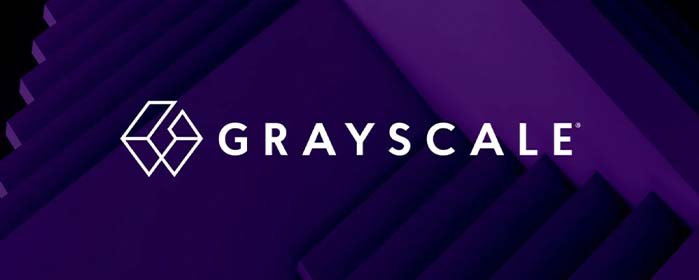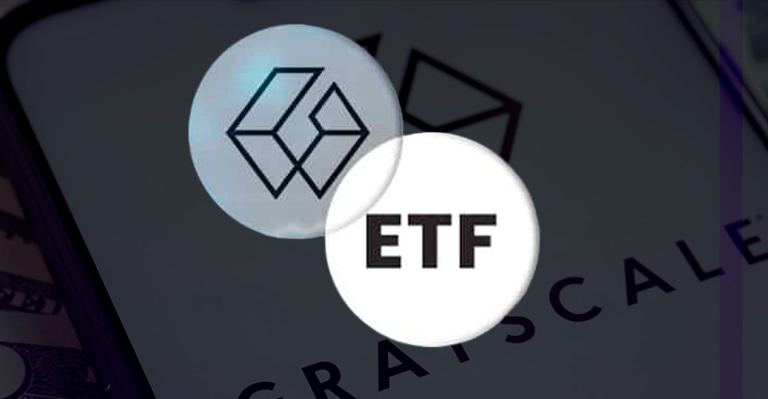TL;DR
- Grayscale continues to dominate the Bitcoin ETF market in the U.S., generating about $268 million annually with its Grayscale Bitcoin Trust (GBTC).
- The success of GBTC is due to its high fee structure, with a management rate of 1.5%, compared to cheaper options like BlackRock’s fund (0.25%).
- The company has launched new products such as the Bitcoin Mini Trust and the Bitcoin Covered Call ETF (BTCC), expanding its offering and showing flexibility in its strategies.
Grayscale remains strong in the Bitcoin ETF market in the U.S., despite experiencing significant fund outflows since early 2024.
Its most well-known product, the Grayscale Bitcoin Trust (GBTC), has maintained a substantial lead over its competitors, generating annual revenues close to $268 million. This is more than the combined total of other major Bitcoin ETF issuers, such as BlackRock and others, which only total around $211 million.
Nearly 16mos after spot btc ETFs launched, GBTC still making more $$$ than all of the other ETFs combined…
And it's not even close. pic.twitter.com/Tfn7g1j5Su
— Nate Geraci (@NateGeraci) April 27, 2025
Why Grayscale Prevails Over the Competition
The success of GBTC is due to its fee structure, which remains much higher than other ETFs. With a management rate of 1.5%, GBTC raises a considerable amount of capital, even though other funds, such as BlackRock’s IBIT, manage more assets. BlackRock’s fund, with $56 billion in assets under management, generates only about $137 million due to its lower fee of 0.25%.
In addition to its Bitcoin ETF, Grayscale launched the Bitcoin Mini Trust in March 2025. This new product aims to attract investors interested in a lower-cost option. The firm has also started expanding its offering with products like the Bitcoin Covered Call ETF (BTCC) and the Grayscale Bitcoin Premium Income ETF (BPI), which use options strategies to offer income derived from BTC price fluctuations, although they do not provide direct exposure to the cryptocurrency.

Beyond its wide range of tools, GBTC remains the most profitable product. Its trust structure has allowed it to charge high fees and benefit from its broad brand recognition. However, the fund has faced some setbacks. In 2024, Grayscale saw the largest single-day fund withdrawal, with $618 million leaving the fund, raising concerns about its future. Despite the complications, fund outflows appear to have slowed, which could allow the firm to maintain its market dominance.
Grayscale has demonstrated its leadership. Its success is not only based on the amount of assets it manages but also on its ability to maintain a favorable fee structure and diversify its product offering

